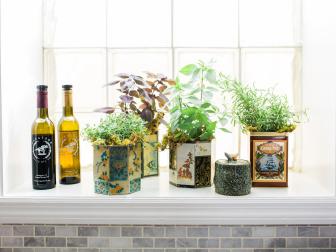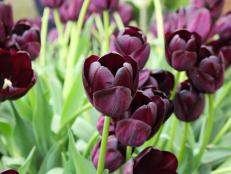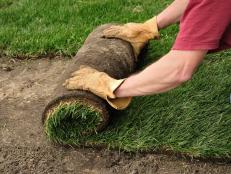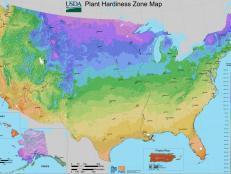What Do the Numbers on a Fertilizer Bag Mean?
What are N-P-K and the three numbers on a fertilizer label? They indicate the amount of nitrogen, phosphorus and potassium in the fertilizer. Read on to find out why those nutrients and their numbers are important for growing a lush lawn or healthy garden.
Shopping for plant food can be an intimidating experience for the uninitiated. It is easy enough to look for “Rose Food” or “Lawn Starter;” but if you really want to know what you are putting in your yard, or for that matter what you should be shopping for in the first place, you will need to read and understand the label.
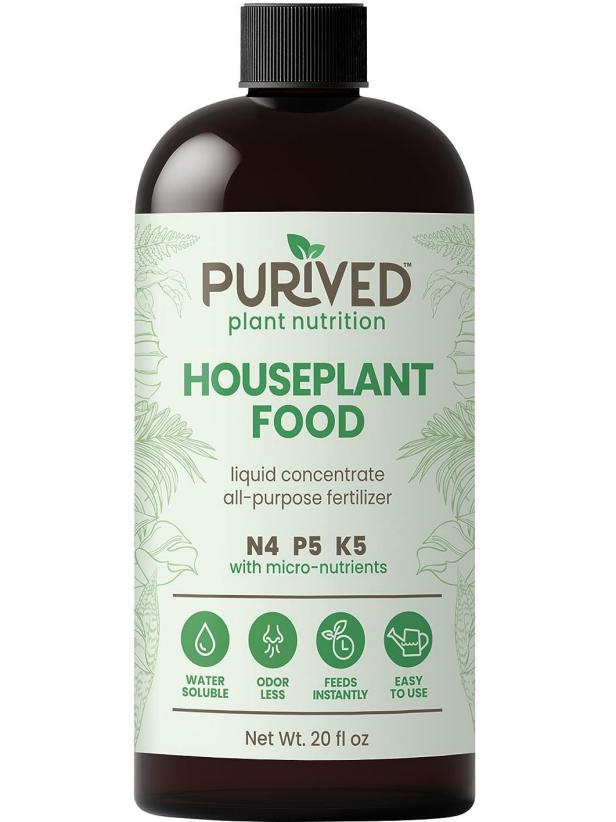
Nitrogen, Phosphorous and Potassium
A good place to start is with the numbers. Every fertilizer product will include a “guaranteed analysis” depicted as three hyphenated numbers (10-10-10, 14-7-7, 34-0-0). These numbers represent the percentages of nitrogen, phosphorous and potassium, or N-P-K, in the container.
A 40-pound bag of 10-10-10, for instance, will contain four pounds (10% of 40 lbs.) of nitrogen, four pounds of phosphorous, and four pounds of potassium. Notice that the percentages don’t add up to 100%? There are other things in the package as well. In some cases, other nutrients make up smaller percentages and in nearly all cases there will be “inert ingredients” that help to carry, bond or otherwise make the fertilizer work the way it is supposed to.
What Do Each of These Nutrients Do?
The percentages of N-P-K in the package are an important piece of information because each of these nutrients plays a unique role for the plant. Nitrogen is used to create lush leafy growth. Phosphorous is used for the production of roots and fruits. Potassium builds strong stems, resistance to pests and overall vigor. The amount of each nutrient required by a plant will depend on a broad range of variables including nutrient levels that already exist in the soil, what type of plant it is and its stage of life/growth, the time of year, the type of fertilizer and more. You'll need to do your research to determine what your plants or lawn needs.
Fertilizing Houseplants 101 (Plus, How to Make Inexpensive Homemade Fertilizers)
Got a frazzled fern or a distressed dieffenbachia? Get tips on how and when to fertilize and find out which pantry items can be used to perk up your plants.
Organic vs. Conventional
Organic fertilizers require biological action in the soil for the nutrients to become available to plants, making them a relatively slow-working type of fertilizer. Non-organic, so-called conventional fertilizers may be triggered to become available by water, temperature or other mechanism. They run the gamut from immediate to slow release. Either way, it is important to follow the application instructions and avoid damaging your plants or wasting fertilizer.
Liquid vs. Dry Fertilizers
Liquid fertilizers are normally used to provide a quick burst of nutrients for shallowly rooted plants either in containers or in the ground. Relying solely on liquid fertilizers will demand frequent applications, and may involve the risk of excessive nutrient leaching. Dry fertilizers offer a variety of release times from quick (less than a month) to slow (nine months or more). Liquid and dry fertilizers may be used independently or in combination to provide the best results for a given situation. We have found that our best pansy plantings are those we've fed with a slow-release granular fertilizer at planting time and followed up with periodic liquid bloom fertilizer applications throughout the season.

The Role Of pH
Soil acidity is a consideration that is extremely important to fertilization, but which fertilizers won’t necessarily affect directly. All plants have their soil pH range preferences. Some plants are acid lovers (low pH), others require a balanced pH, and some like an alkaline situation (high pH). Within that range, they use nutrients to their maximum benefit. Outside that range, it is extremely difficult for them to get what they need, even if it’s already in the soil. The most commonly used products that affect soil pH are lime (to raise pH), sulfur and aluminum sulfate (to lower pH).
A good example are the lawns in our area: our soil is acidic (pH 5- 5.5), but most lawn grasses need a higher pH (6-6.5). Homeowners who do not address the pH are destined to have yellow-green grass no matter how much they fertilize. As soon as they add lime to raise the pH, the grass turns deep green without adding fertilizer.
How to Know What You Need
Soil test results give the most reliable information regarding your existing soil fertility. Contact your local university extension service to obtain a soil sampling kit, take the sample and send it in. In a few weeks, you will receive results on the current condition as well as recommendations for fertilizer and pH adjustments that are needed. If you are unsure how to proceed upon getting results, a local master gardener or garden center horticulturist will be glad to assist you for no charge.
In recent years, fertilizers have gotten a bad reputation in some circles. Misuse and misunderstanding have both been parts of the cause. Seeking to understand the available options and will give you the knowledge to make good buying decisions.
Lawn Fertilizing: Learn the Basics
Not all lawns are the same. Find out what fertilizing program is best for your grass so you can get on the fast track to a lush lawn.







